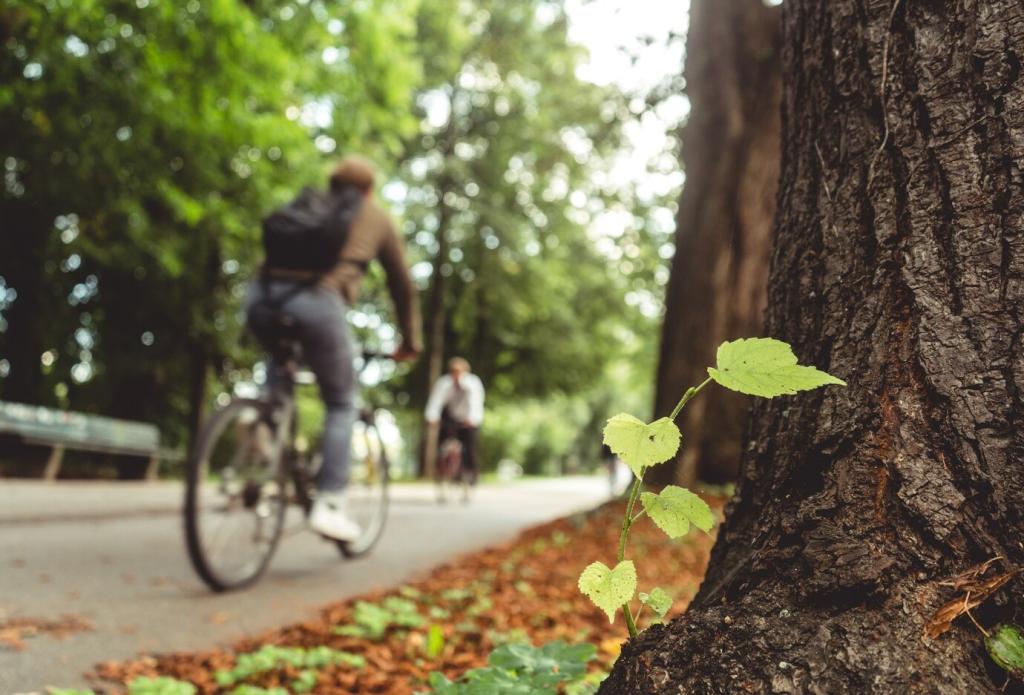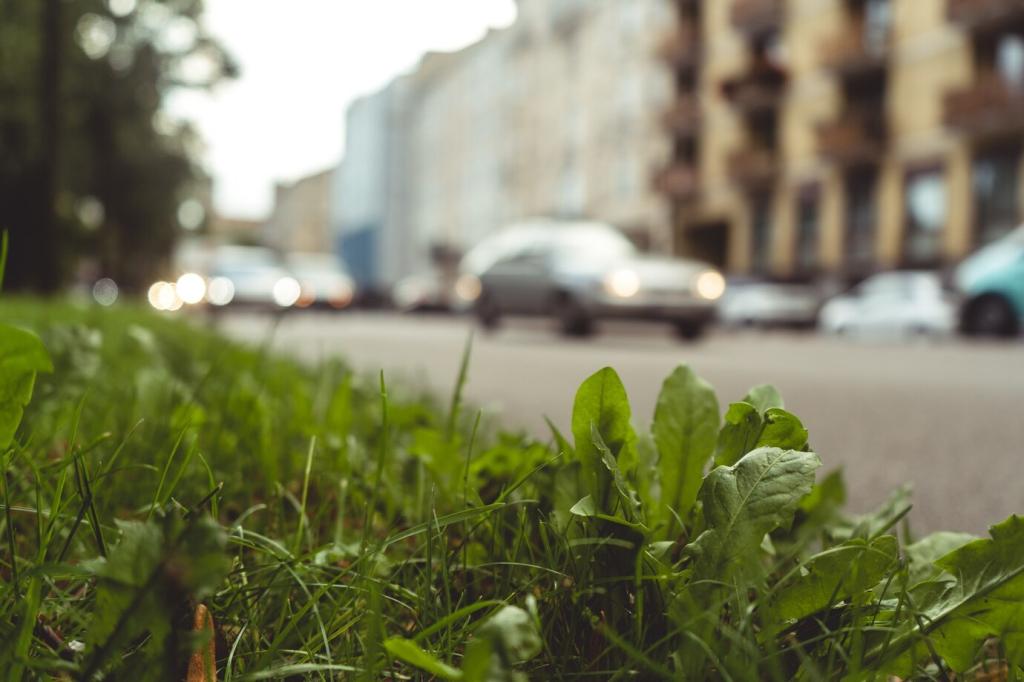Building Life Belowground: Soil Preparation
Break up hardpan with broadforks or air spades where possible. Layer generous wood chips, leaves, and compost to create a sponge. As fungi weave through chips, they unlock nutrients and hold precious moisture between rains.
Building Life Belowground: Soil Preparation
Dust roots with mycorrhizal inoculant and water in with compost tea. These symbiotic fungi extend root reach, share nutrients, and help seedlings tolerate heat. Think of them as an underground internet, routing life-supporting signals and resources.



